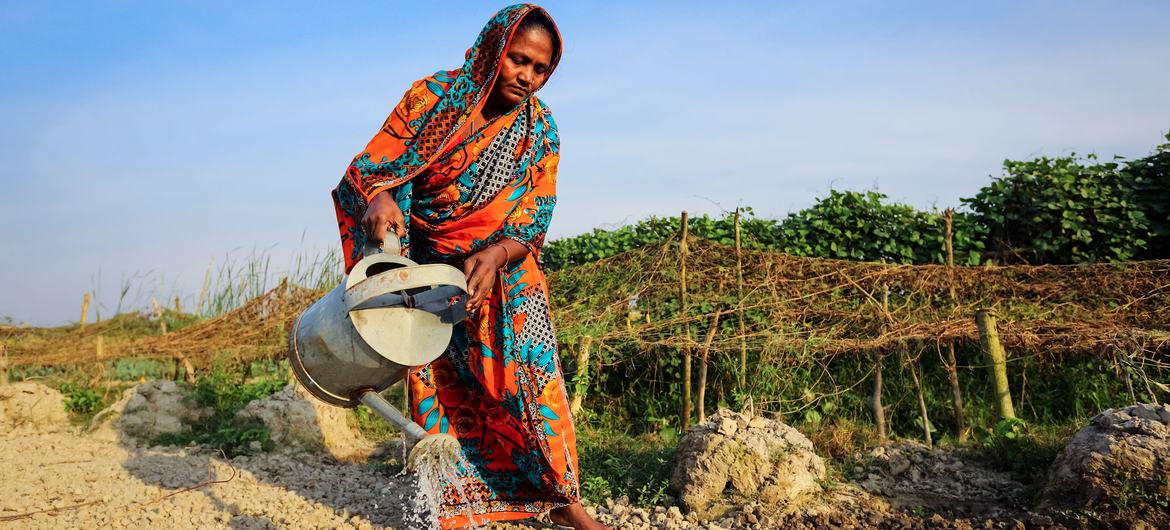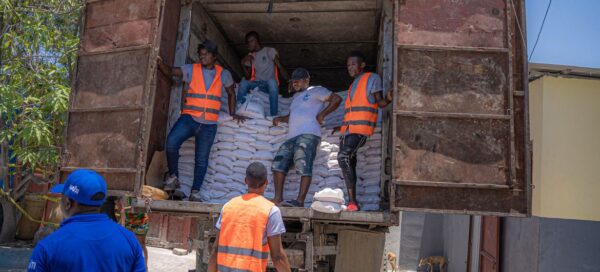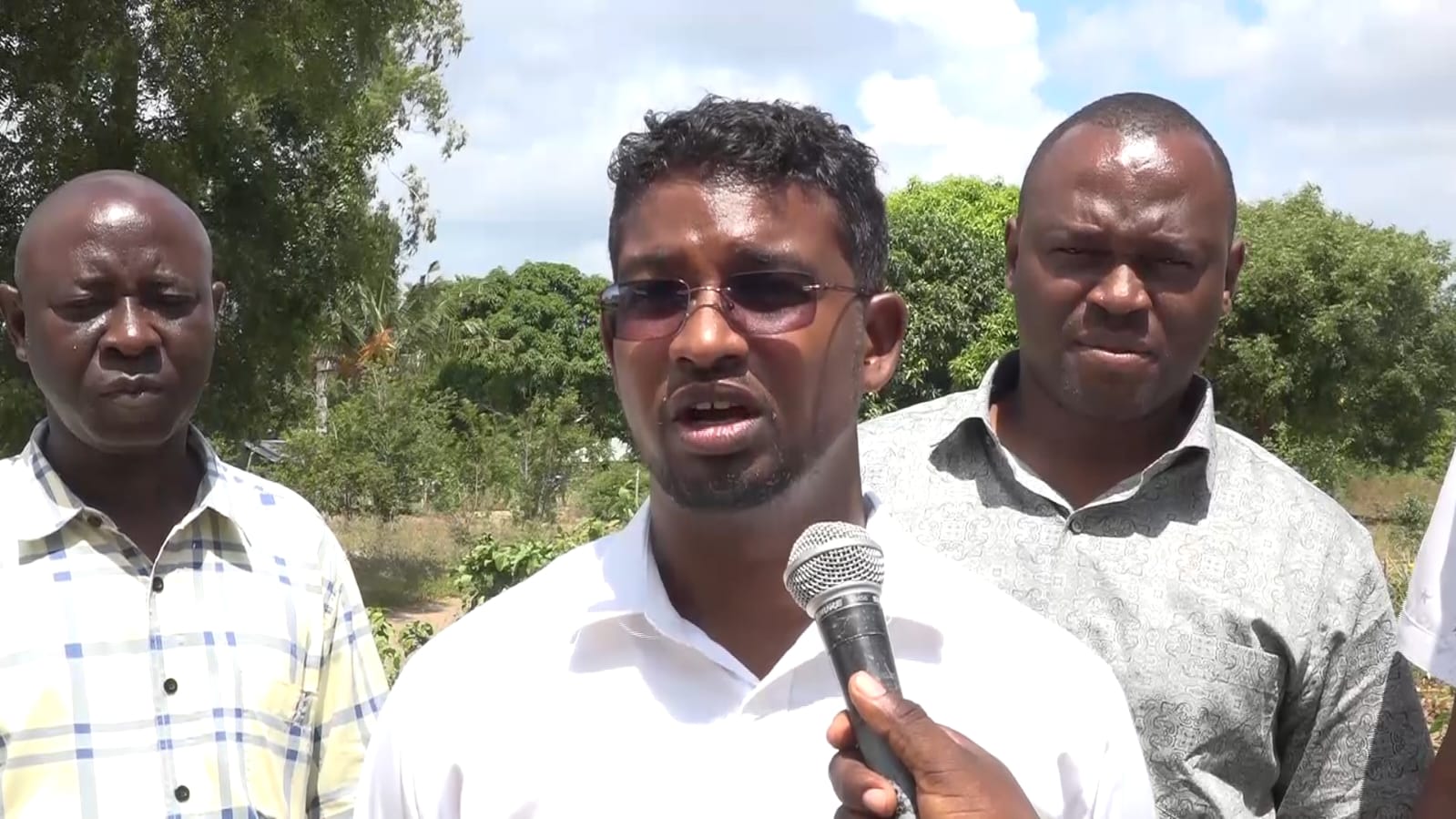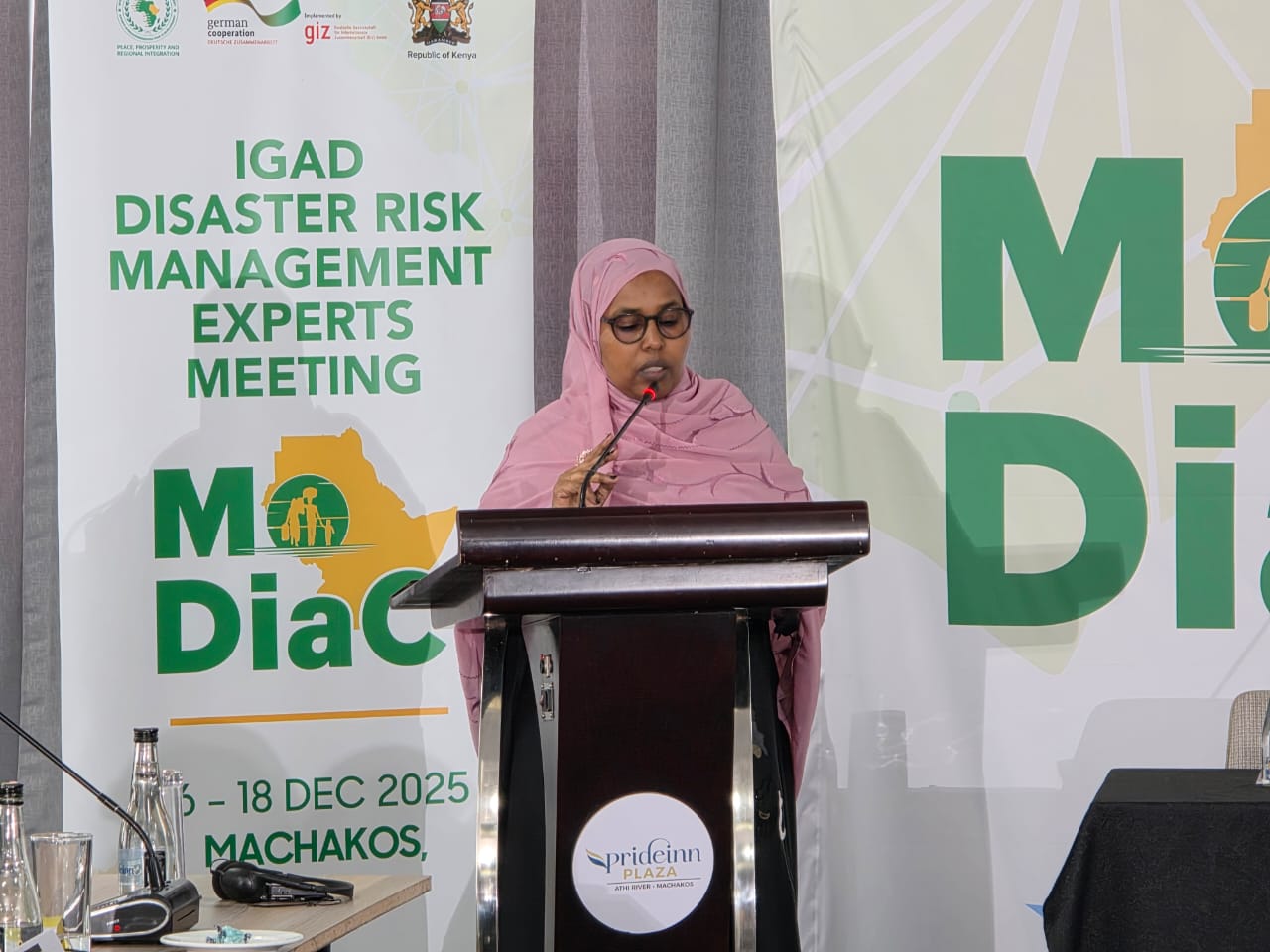Why are over 670 million people going hungry?

Conflict, climate change and inequality are all playing a role, but there are other reasons for what is known rather dryly as “food insecurity.”
More than eight per cent of the world population or around 673 million people are not getting enough to eat and going hungry, according to the UN.
Conflict, climate change and inequality are all playing a role, but there are other reasons for what is known rather dryly as “food insecurity.”
More To Read
- How Sudan’s conflict is driving millions into hunger, disrupting education
- Climate funding falling short for East Africa’s vulnerable communities, IGAD warns
- Millions of hectares are still being cut down every year. How can we protect global forests?
- COP30 delivers mixed results on climate action, WEF experts say
- Managing conflict between baboons and people: what’s worked - and what hasn’t
- Kenya, Sweden partner to curb billions lost in post-harvest food waste
Ahead of World Food Day on October 16, here are five things you need to know about why even though there’s enough food to feed the global population of over eight billion – people still go hungry.
1. Conflict and Political Instability
Armed conflicts, such as those in Ukraine, Sudan and Gaza, disrupt food production, supply chains, and access to markets. This leads to the displacement of people, creating acute food insecurity for millions.
In Haiti, an estimated 5.7 million people – around half the population – many of whom have fled their home because of violence, are facing a deteriorating food security situation – with a striking 1.9 million at emergency levels.
In conflict areas, the UN, primarily through the World Food Programme (WFP) delivers immediate food aid to populations facing acute food insecurity.
 WFP distributes food to the residents of gang-affected Cité Soleil, in Haiti's capital Port-au-Prince. (WFP)
WFP distributes food to the residents of gang-affected Cité Soleil, in Haiti's capital Port-au-Prince. (WFP)
Affected communities are also supplied with seeds, livestock and farming tools so they can grow food for themselves and not have to rely on aid.
2. Climate change and extreme weather
Increasing climate variability, including droughts, floods, and heatwaves, all play havoc with the ability of farmers to grow food. This undermines agricultural productivity and food availability, especially in vulnerable regions.
Somalia, Sudan, South Sudan, Mali, Burkina Faso, the Democratic Republic of the Congo (DRC), Nigeria, and Ethiopia all face acute food insecurity driven by a combination of conflict, droughts, floods, and desertification.
Somalia, for example, is experiencing its worst drought in four decades, compounding years of conflict and displacement.
The UN promotes climate-resilient farming practices to mitigate the impact of environmental shocks and adapt to new weather norms, for example, the half-moon agricultural technique in the Sahel region of Africa.
 A boy rolls a water container in Dollow on the Somali border with Ethiopia. (UNICEF)
A boy rolls a water container in Dollow on the Somali border with Ethiopia. (UNICEF)
3. Economic shocks and inflation
Global and regional economic downturns, rising food and energy prices, and inflation have combined to reduce purchasing power and access to nutritious food, particularly in low-income countries.
The COVID-19 pandemic, the war in Ukraine and climate shocks all contributed to food prices surges between 2020 and 2024.
As food prices rose, real wages fell and inflation kicked in, people – especially in low-income countries – were less able to afford nutritious food and often ate fewer meals per day.
During periods of economic shocks and inflation, the United Nations scales up distribution of food rations and nutritional supplements as well as providing cash-based transfers to help families buy food locally, supporting both nutrition and local markets.
4. Structural poverty and inequality
Deep-rooted poverty and social inequality limit access to food and resources, especially in rural and marginalised communities, perpetuating chronic hunger.
Low incomes, poor infrastructure and local services often mean that those marginalised (and especially women and indigenous groups) are not getting enough to eat.
Nearly 700 million people live in extreme poverty globally, with two-thirds residing in Sub-Saharan Africa, according to the UN.
The UN through various agencies seeks to strengthen social protection systems and move away from crisis-focused humanitarian aid, to a model in which low-income countries drive the development of resilient, inclusive, and sustainable food systems.
This approach empowers communities to reduce hunger, build local capacity, and improve long-term food security.
5. Trade disruptions and market volatility
Export restrictions, tariffs, and volatile commodity prices can destabilise food markets, making food less affordable and accessible in food-deficit countries.
Bangladesh, Pakistan, and Sri Lanka are all grappling with food price volatility and debt challenges. These issues are compounded by trade policy uncertainty, especially global tariffs and inflation.
This ultimately limits people’s access to affordable food.
Brazil and Mexico have both experienced downward growth revisions due to trade tensions and inflation. This has weakened consumer spending and increased food insecurity among low-income communities.
The UN works in a number of ways to support affected countries.
It monitors global prices, offers policy guidance, and has coordinated international responses to help countries navigate the interlinked crises of food, energy, and finance. These efforts aim to stabilise markets and protect the vulnerable.
Top Stories Today












































